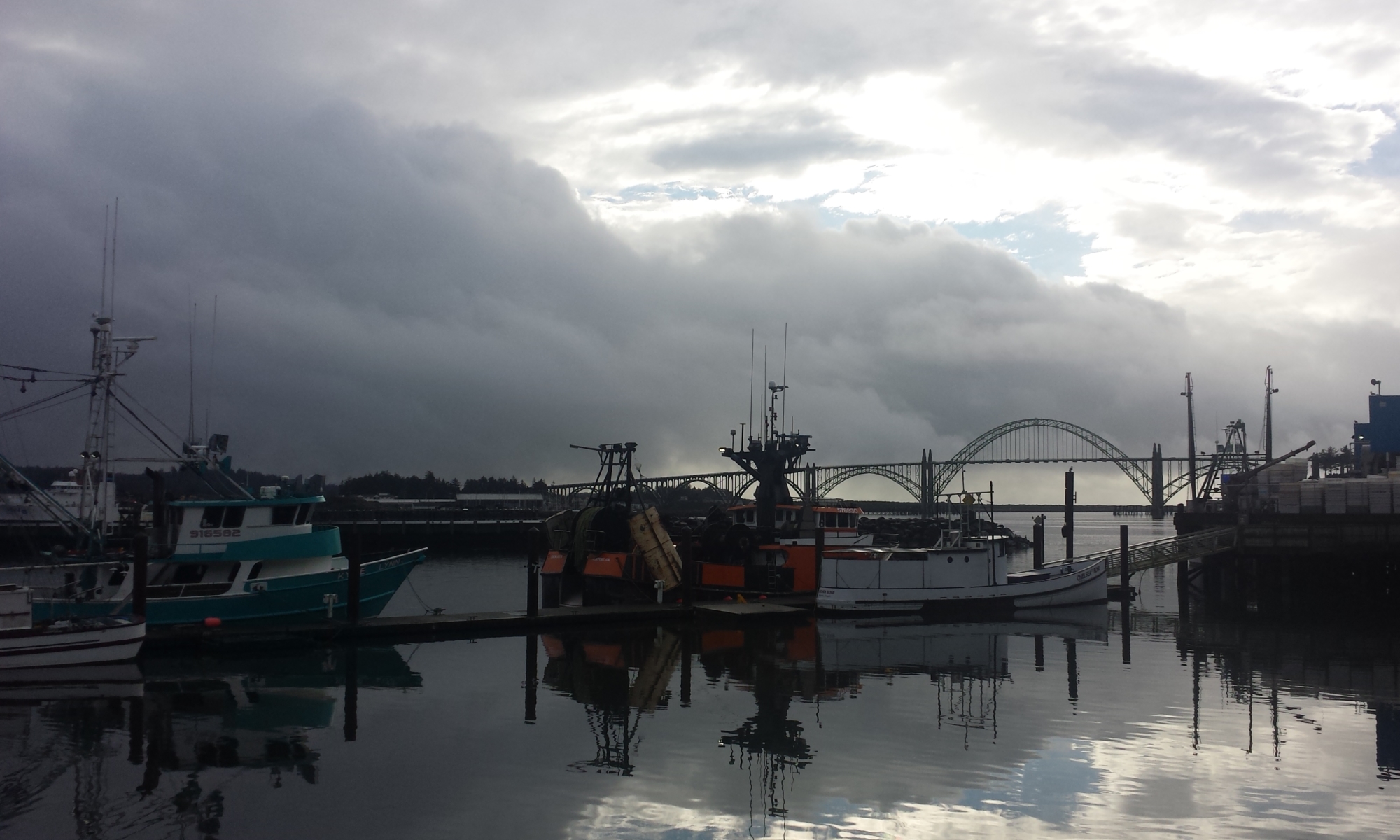From Greece I headed north all the way back to Vlora. We crossed the border into Albania somewhere around 3am. The border guards were absolutely shocked to discover an American passport and, moreover, an American that wasn’t ethnically Albanian. Riding the bus back into Albania was quite an interesting experience.
I spent a couple of days in Tirana with my Albanian brother hanging out with the university crowd. He’s a mechanical engineering student too. After some good times in Tirana my Albanian father came up to Tirana and picked me up to head to Kosovo.
As we drove to Kosovo I realized that I had fallen in the company of the intellectual and academic elite of Albania. I was traveling with seven Albanian professors to a conference in Kosovo on the state of the Kosovar environment and the economic and environmental impacts of solid waste. Officially I was the assistant to my Albanian father.

On the way out of Tirana. Many of these pictures are taken through the window of the van.

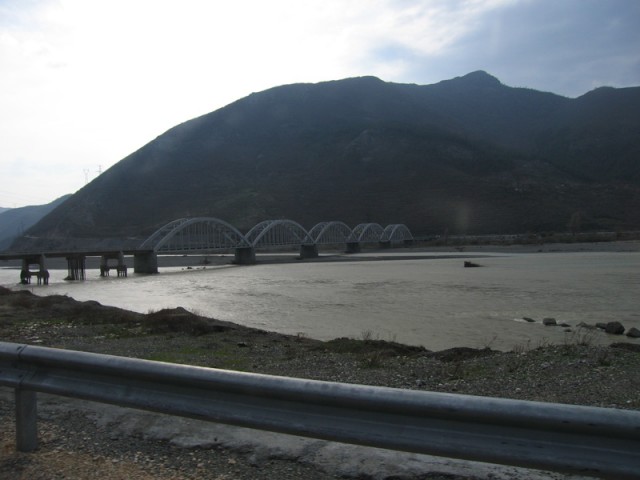
The old bridge.
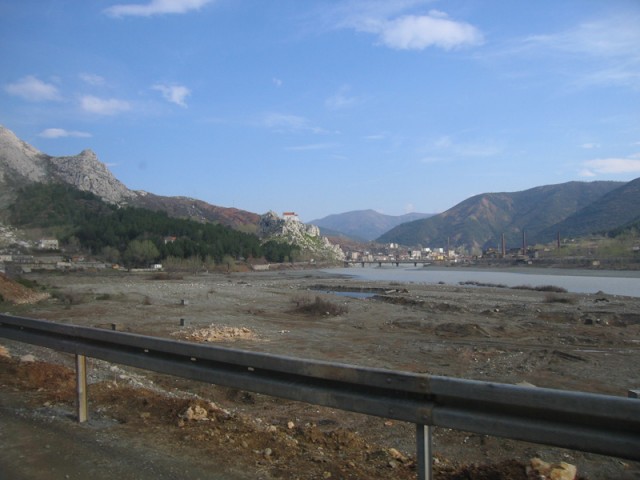

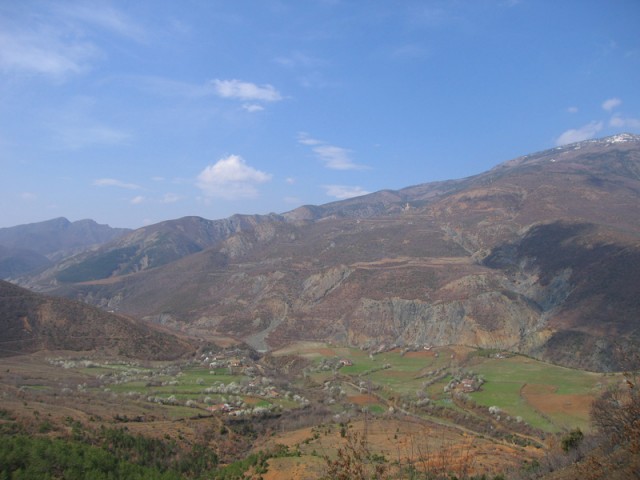
Farming high up in the mountains.

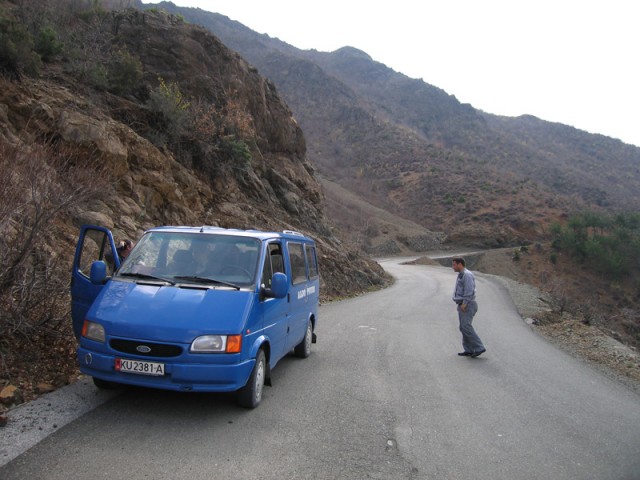
Our transport and our driver.


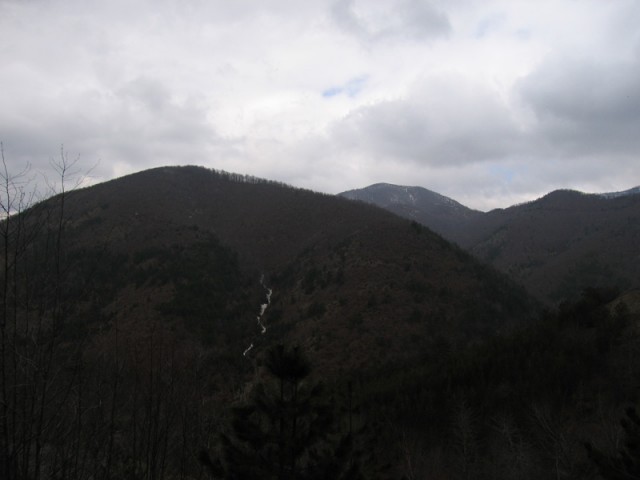

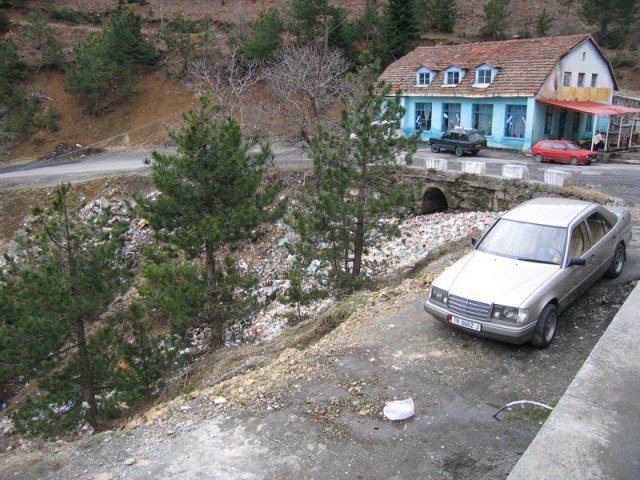
One of the biggest problems in the new and modern Albania.

Look closer. Now do you see? Plastics.

Another big problem. Logging.


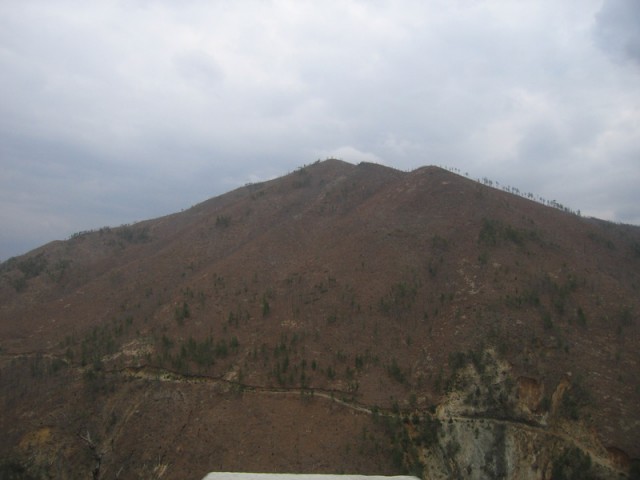
The naked mountains.

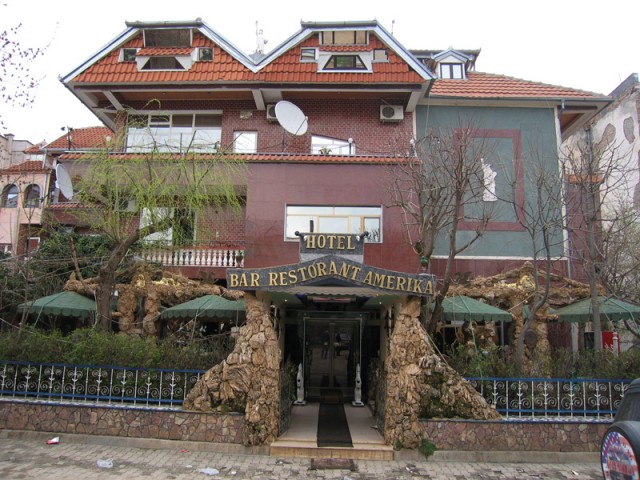
Hotel Amerika in Kukes. The closer we got to Kosovo the more Amerika hotels or Amerika bars that we saw. In Albanian, America is spelled Amerika.
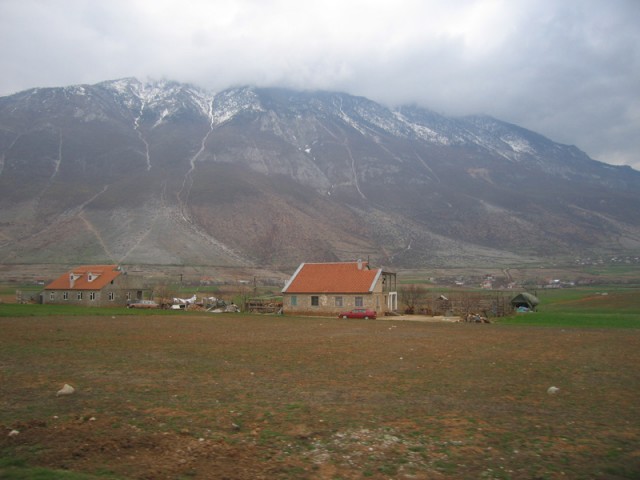
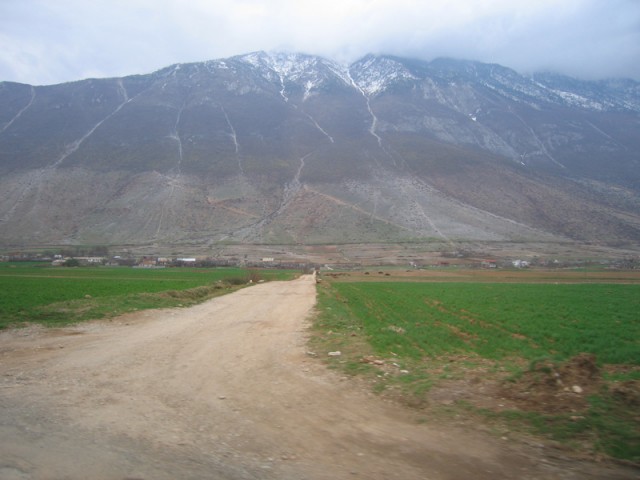

Crossed over into Kosovo. We didn’t get any stamps in our passports crossing into Kosovo because the UN isn’t stamping passports. The first thing I saw when I crossed into Kosovo was a large area of scrub-oak that was flagged off with signs saying “Danger – Mines”.

One of the many KFOR military bases scattered throughout Kosovo.

A mosque in Prishtine.

One of the many UNMIK (United Nations Mission In Kosovo) buildings in Prishtine.

At the conference.


The most recent national hero of Kosovo. He was the Kosovo Liberation Army’s general until the Serbs cornered him and his family in his house and proceeded to level it and his entire family. Now he’s the symbol of the struggle against the Serbs.
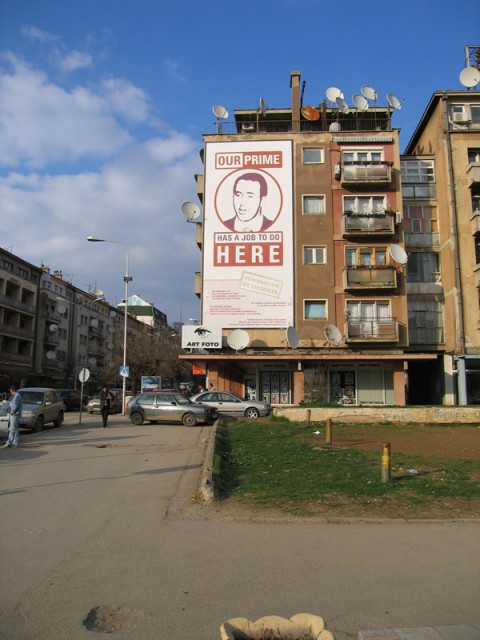
At the time of my visit to Kosovo the prime minister had been recently charged with war crimes stemming from the ethnic cleansing campaign of Serbia and the Kosovar response. The people of Kosovo want him back. He resigned as soon as the war crimes tribunal called for him and he flew directly to the court. If only the people charged with crimes on the Serbian side would do that.
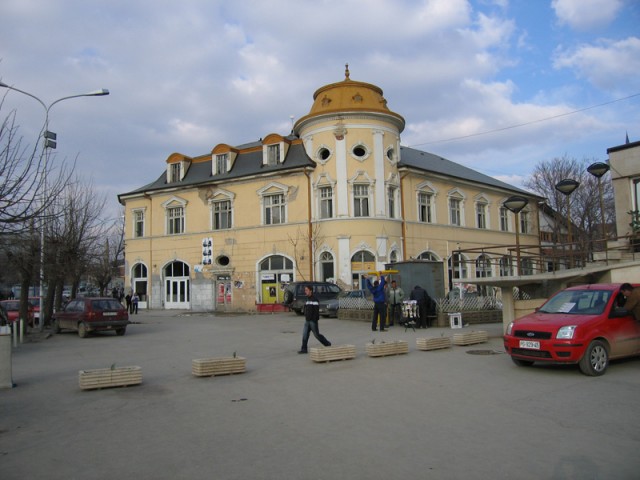
An awesome old building in Prishtine.
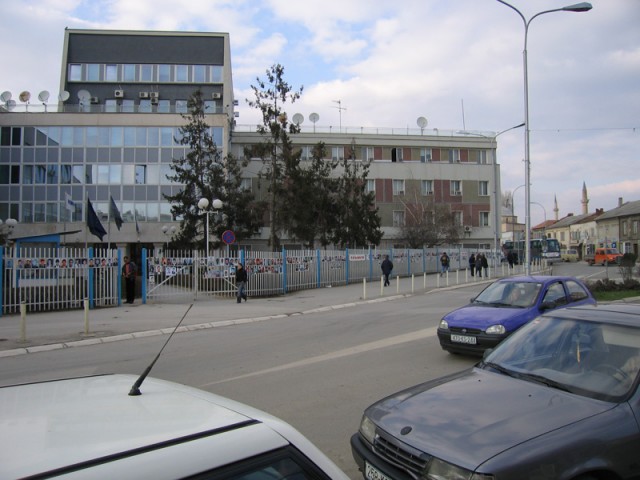
The fence of the missing in Prishtine. The hundreds of photos attached to the fence are only a small portion of the thousands missing just in Prishtine from the war.

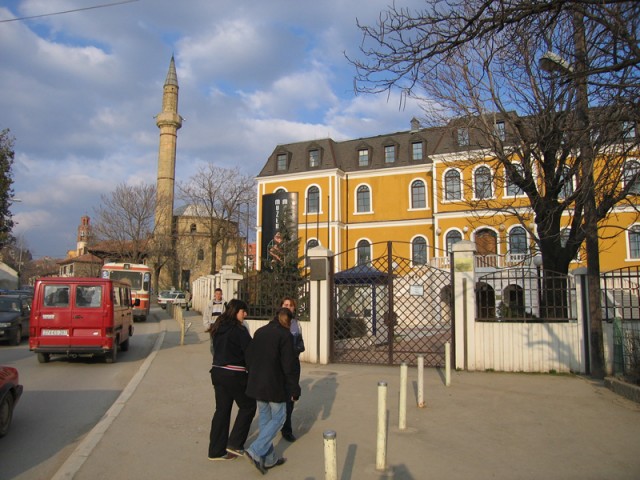
The national museum of Kosovo. I had a long conversation with the guard who continually reiterated how grateful Kosovo is toward the USA and Bill Clinton for what the president and the country did for them. The guard had been part of the Kosovo Liberation Army during the troubles but he didn’t want to talk about it much. He was the only person at the museum that spoke English so he left his guard post and walked me around the portion of the museum dedicated to the long struggle for Kosovar independence. That part of the museum was only signed in Albanian so he translated for me. It was very interesting indeed!

The Kosovar Parliament.
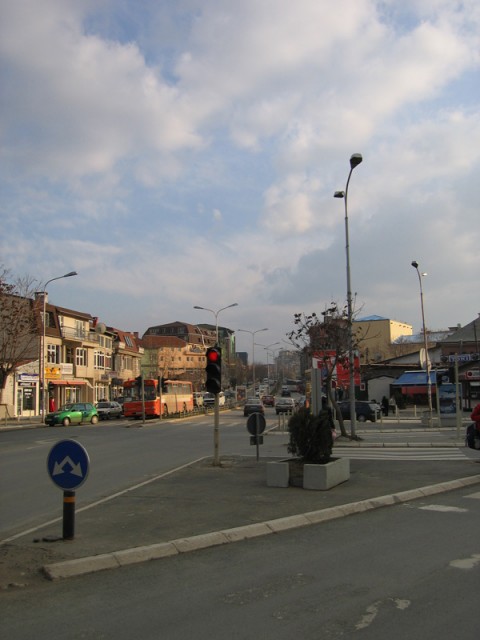

The national hero of all of the ethnic Albanians. Skenderbeg (George Kastrioti to the rest of the world) led an armed resistance to the Turks from 1443 to 1468 winning 25 important battles. Finally though, Albania fell to the Turks.

Mother Teresa. She’s Albanian. The Kosovars are also Albanian. So are the Albanians. Chunks of Macedonia, Montenegro, and Greece are also Albanian. Thanks to the end of World War I, Albania is now much smaller than it once was.

This poster was truly everywhere.

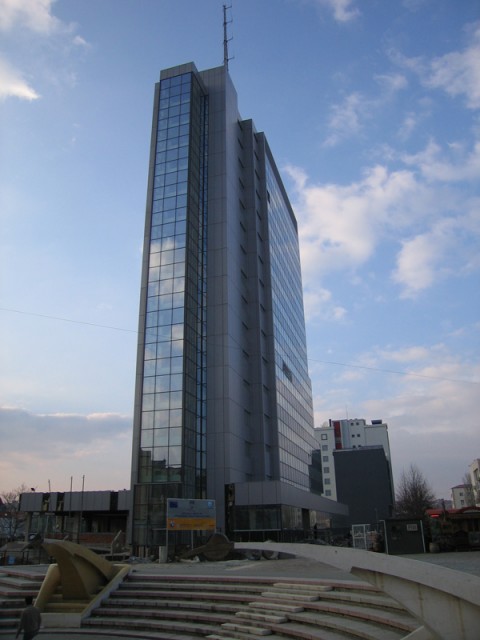
The prime minister’s new building. I think there are other chunks of the fledgling government housed in there.
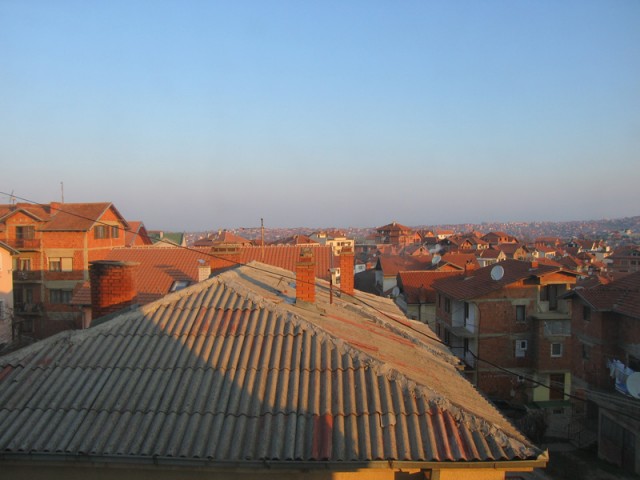
Looking out over Prishtine.

At a geological museum near Mitrovice. The region is full of mines and ore processing facilities. They are all closed right now because of the recent troubles and also because of the continued Serbian occupation of portions of the processing facilities and many of the mines. The city of Mitrovice is a Serbian enclave surrounded by the Kosovar Albanians. Before the war everyone lived together and it didn’t matter who was who. After the war the ethnic Serbs hide behind high barbed wire fences and shoot at anyone they don’t know. They don’t want to reintegrate either because they are afraid of their former neighbors or because Belgrade tells them not to. It appears to me that Serbs and Albanians aren’t all that different. It just happens one decided to be on one side and the other on the other side.




The Albanian delegation and our Mitrovice hosts. The conference was held in Prishtine because Mitrovice is still a bit too rough to hold such a conference. Anyone that isn’t ethnically Serb is not recommended to enter the town proper of Mitrovice where the ethnic Serbs live.






Two of the thousands of hay mounds dotting the countryside from Albania all the way up through Kosovo and probably all the way up through Eastern Europe.

A new school built since the troubles.

More hay mounds. These were taken from inside a student transport bus hence the glare from the window.

Kosovar power distribution.

Yes, there was snow in Kosovo. At night it went down to -8 Celsius and during the day it never went over 8 Celsius. That’s COLD!

Outside of the university in Mitrovice. The university used to be downtown. Now it’s outside of the Serb controlled part of town and only for ethnic Albanians. There’s another university setup inside the Serb zone that is only for ethnic Serbs. Instruction at the ethnic Albanian school is in Albanian and at the Serb school it’s in Serbian.
 On the road out of Kosovo. We drove back to Tirana all through the night. Switching vans, we finally reached Vlora at around 1am. I slept in the next day until somewhere around 11am after the adventure in Kosovo. Again, I believe that the only way to travel is with Albanians.
On the road out of Kosovo. We drove back to Tirana all through the night. Switching vans, we finally reached Vlora at around 1am. I slept in the next day until somewhere around 11am after the adventure in Kosovo. Again, I believe that the only way to travel is with Albanians.
